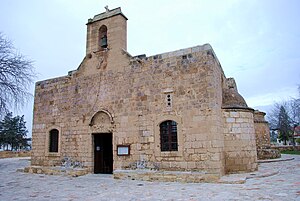

Holiday season is approaching.
Is "giving" a lot wiser than receiving?
Is the act of giving pure and out of love, or just because we have to buy presents?
Just wondering....
This post is dedicated to two mosaic masterpieces.
Wise men mosaic in two versions. Ravenna and Constantinople respectively.
The first mosaic, stunning, eye catching, abundant with colours, featuring rich and intricate costumes, has balance and focuses on the wise men and their gifts. The movement is linear. There is the element of nature too and an almost tangible seducing aroma of the East.
The second mosaic has soft colours, upward movement, using few colours with virtuosity. It's dynamic. The men are in communication between each other and the "mystic" cloud on which they ride, if I "read" the picture properly, could well symbolise their worthy cause and destination.
The exotic elements in the Ravenna version show a desire to "depict" those things that were "far away" (the land where Christ was born). It is a very humble assumption based on observation that the enticing perfumes and glittering cases in the hands of the Ravenna wise men are something that was regarded "exotic" for those who lived in the West.
Two different "schools", two different "mentalities" on a common theme.
A great way to appreciate not only mosaic art but also understand the circumstances and social - geographical context of the work in question.
It is my wish to be able to produce a manual - guide on how to make mosaics via the learning from ancient mosaic masterpieces but I think it will be a far cry from my tangible non-exotic reality.

































